Let’s face it; there’s nothing quite like bouldering. The freedom gained by losing the ropes in favour of pads produces a thrill like no other.
Nonetheless, once the excitement of the first few climbs has calmed down, you may find that a lack of progress leaves you feeling a little disillusioned. Dedicated bouldering training is essential, in conjunction with an overall body routine.
Right now, your climbing training probably consists of climbing some walls and very little else. While it’s a good starting point, the best bouldering training strategies should also cover strength training, endurance training, and power training elements to unlock your full potential.
Here’s how to build a training plan that rocks!
Spoiler alert: you won’t see any progress if you’re ruled out of action due to injuries. As such, your first part of your new training plan should revolve around injury prevention.
Warming up is an essential phase of every climb and should consist of the following elements:
Raising the heart rate through a little light cardio work. If you’re completing gym training, this could include bike work, rowing or light skipping. You don’t need to develop a sweat, so save it for the walls!
Limbering up through dynamic stretches that are designed to increase blood flow and warming up the muscles along with increasing your range of movement during the subsequent workout. Arm circles and leg swings are simple but effective options.
Potentiate by replicating the movements that you’ll be using during the workout, only at a lower intensity. This prepares the body and muscles for the routines ahead.
It’s also essential to incorporate warm downs to the end of your sessions while also smartly using rest days. You must also learn how to downclimb and fall appropriately because it’s inevitable that the odd mishap will occur.
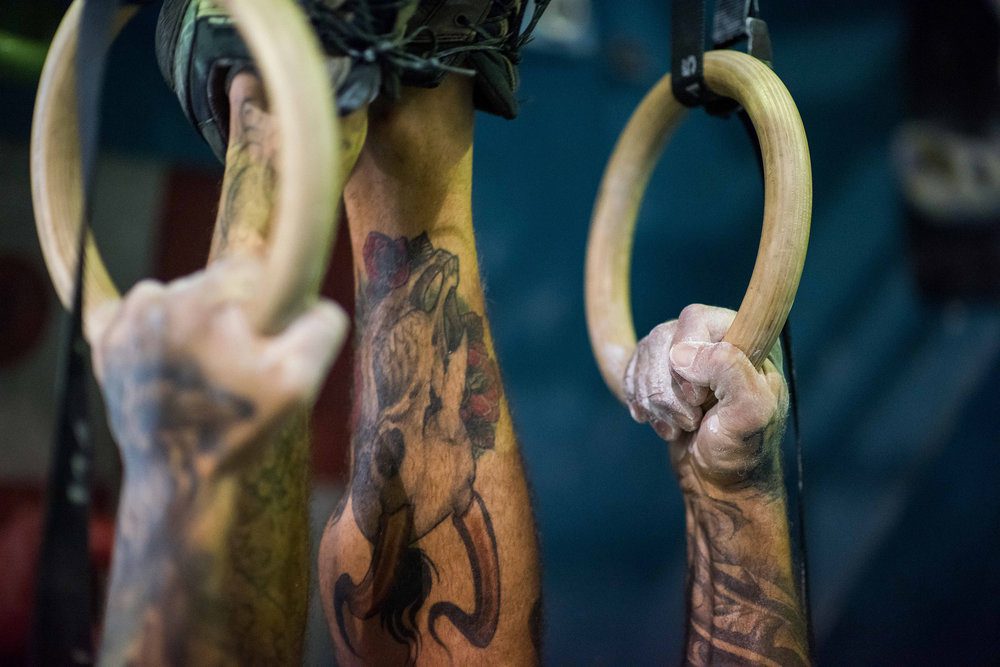
Treat your body as a compound instead of just training it for specific pull up movements. Over time this will play an essential role in how your body responds in all types of climbing movements.
Gym strength training can be a great way to prepare yourself for harder grades, but will also assist in growing resilience to injury.
Pull-ups are the most popular approach that comes to mind when strength training is considered, but there are also additional exercises which are just as useful to your overall bouldering ability.
After all, no bouldering or climbing route incorporates just a one-dimensional pull-up movement.
Some of the other exercises you’ll wish to try include:
Hanging leg lifts, with arms bent/straight, and consider one leg at a time
Tricep dips, even off the side of a bench with your legs on the ground.
Sit up, Side crunch exercises,
Knee raises in differing directions to the sides
Burpees, thrusters, box jumps
Pushing exercises such as bench press have indirect value.
Glute and posterior chain movements
One arm isolated movements such as cable lat pulldowns
Treat your body as a compound instead of just training it for specific pull up movements. Over time this will play an essential role in how your body responds in all types of climbing movements.
Strength training will also put your body into better postural shape. You will form equal development in protagonist and antagonist muscle relations and even grow a greater resilience to injury. A full strength training routine should be considered an essential feature of bouldering training rituals.
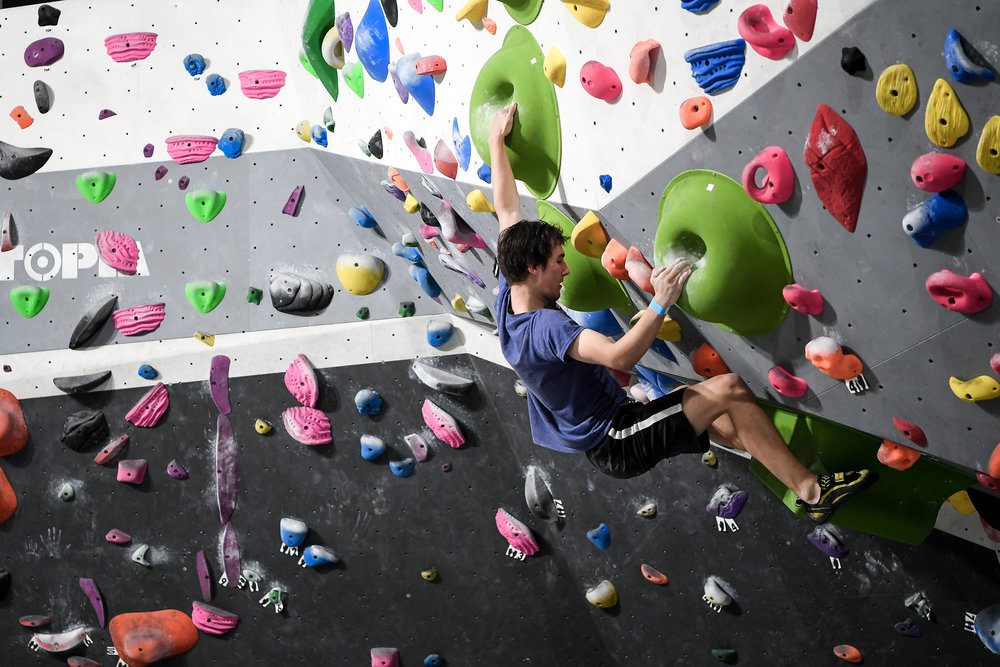
Your current routine of training on the wall is absolutely fine. However, the truth of the matter is that your exercises could probably use a revamp as part of the new and improved bouldering training rituals.
Several indoor climbing drills can be used to boost your technique (downclimbing training, random skill training, and fatigue training are all excellent options) while fun games like Twister and Eliminator can be enjoyed with friends to improve your strength in a social environment.
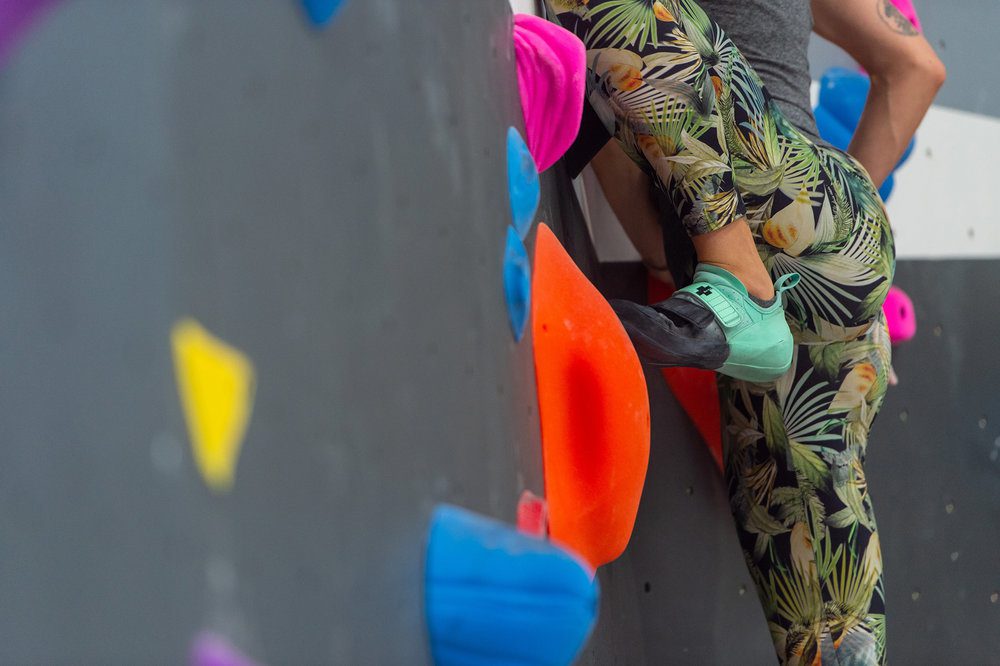
The notion of swinging/jumping and stomping through moves will not necessarily help you through those harder grades.
You can use several techniques to boost your footwork, including but not limited to:
Place coins on footholds and only use those holds for your climb. Try to avoid knocking the coins off, and your footwork should improve.
Try not to make a sound at all with your feet, no thumping of the wall panels, or scraping of the toe. Watch your foothold unitil your foot is placed in position on the wall
Practice ‘sticky foot’ in which you are not allowed to move your foot from the second it touches the foothold. It is best to try this on routes that are below your usual V-grade.
Traversing that focuses primarily on using the legs for the lateral movements rather than upper body strength will naturally boost your footwork.
Use the tennis ball strategy in which you hold a tennis ball in each hand to complete a climb. The tennis balls should only touch the wall, not the holds themselves.
Try bouldering outside, even if you primarily use indoor climbs. Aside from boosting your footwork, it can inject a sense of fun.
Spoiler alert: The temptation to hit the hangboard may be tempting but you should have 12 months climbing under your belt as the potential for injury is greatly increased. the long and short - Hangboarding in not for newbies!
Hangboards are a useful apparatus that should be incorporated into all bouldering training plans. Hangboarding techniques are used to boost forearm and finger strength and indirectly, shoulder, lats and core strength.
In time this will make you a far better climber and help you overcome many obstacles. However, it’s not merely a case of hanging by your fingers.
You will want to use a range of hanging positions and exercises to build strength in all situations. As such, you need to use different grip positions, varying goal resistances, contrasting repetitions or partial repetitions, and a combination of resting periods.
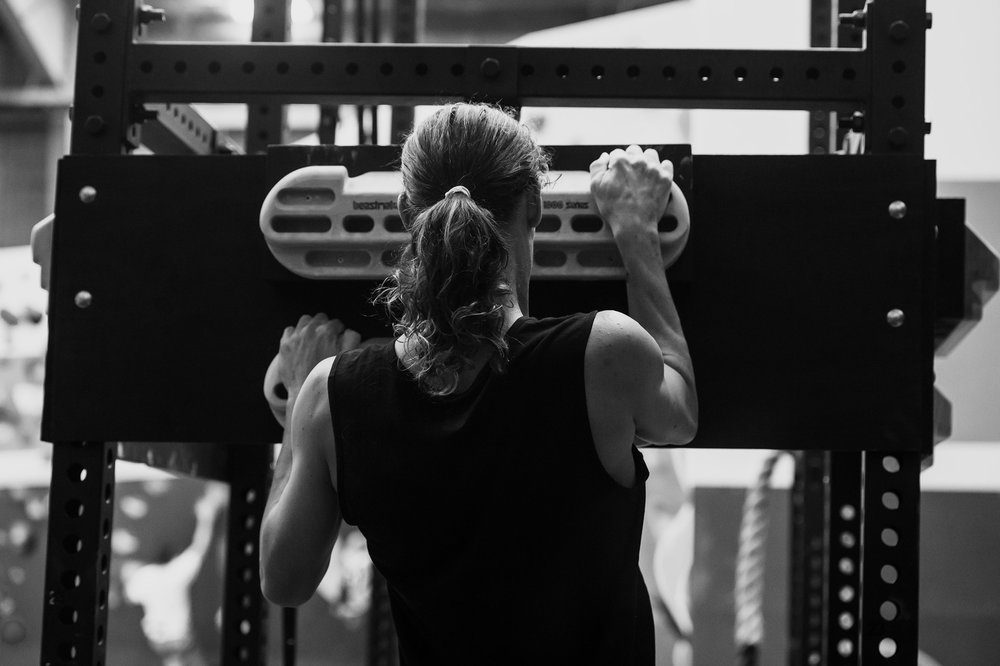
If you are a beginner to this training strategy, it will take several weeks to master the different positions. They include:
Open hand.
Half crimp - Full crimp.
Differing hand heights on each arm
Differing the grip type on each hand
You’ll also need to think about shoulder and scapular positioning (think shoulders back and down like a scooping action) while also incorporating warm-ups, warm-downs, and stretches.
Good finger and forearm strength will be essential as you aim to travel through the grades, regardless of your current level. Do not ignore its importance for a second.
It might sound a little obvious, but becoming an all-round healthier person will lead to improvements on the walls or boulders. Living well should be a part of every climber’s bouldering training routines, and it should cover all aspects of life.
The efficiency of how your body operates in its entirety through a combination of compound strength, cardiovascular, and core/postural awareness will be vital in the long run.
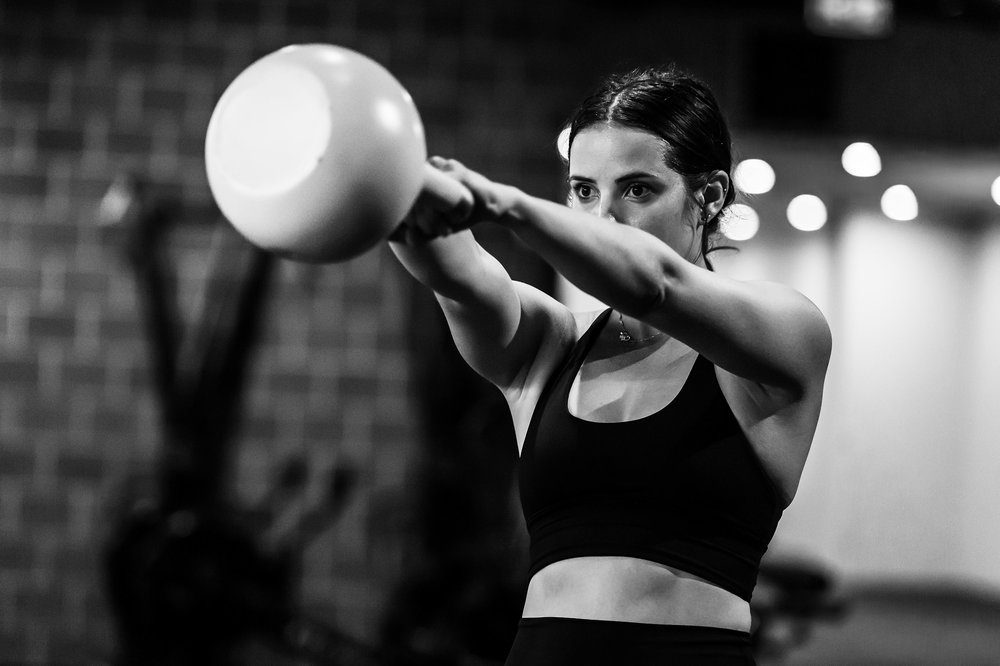
Your nutrition is just as valuable. Without the proper fuel from quality carbohydrates, protein and fats, your body and emotional state will not be able to operate near its potential.
With this in mind, hydration and positive sleep patterns are also significant features for every climber to embrace.
Discomfort and stress at a safe level through training will give your body a reason to grow. After all, you won’t get good at running if you only walk all the time.
Bouldering training has specific techniques that are an essential part of becoming a better climber. Now is the time to embrace the core strength training needed to maximise your performance and enjoyment.
Climbfit Kirrawee has a fully equipped gymnasium offering specialised programmes to improve your strength training for bouldering.
Expansive cardio machine range including Bikes
Treadmills
Ski ergs
Rowers and Assault bikes
Strength equipment including 3 x squat racks, dumbbells and benches, cables, kettlebells, and dead balls
Personalised - we know your name and your goals.